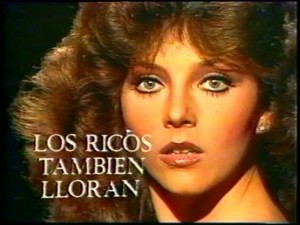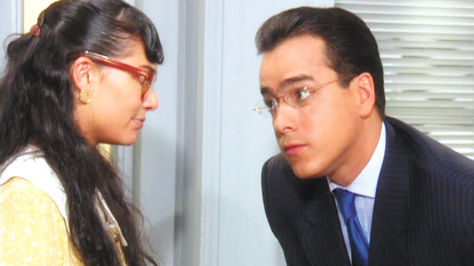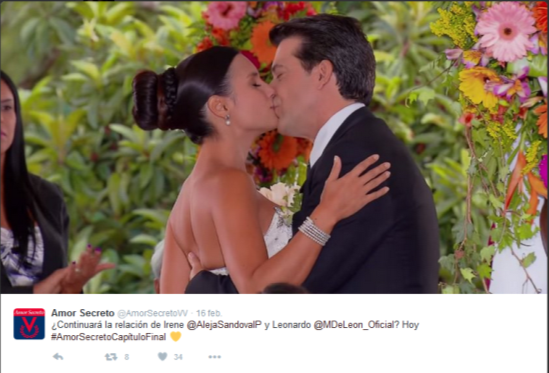Tags: Amor Secreto, Blim, Ruta 35, telenovelas, Televisa, transformación digital
Since the origin of soap operas in pre-revolutionary Cuba, large television production companies have flooded the screens of homes in Latin America and the rest of the world with their shows. The so-called “soap operas” found the formula to make the audience their accomplice and keep it hooked. Today, soap operas are necessary in television network programming.
Recently, soap operas have had major changes in their content proposal. Although it does not get away from its basic conception ideas, it has stopped focusing on the genre’s cliché story: “the poor woman that falls for the wealthy man”.

With the premise “no risk, no change”, by the end of the 90’s and the beginning of the new millennium, the gender suffered a transformation, showing fresh and relevant formats for new generations, also modifying subject matters and testing audiences.
The world-class example is perhaps Colombian soap opera “Yo soy Betty, la fea”, holder of the Guinness record for the most successful soap opera of all time. Aired in over 180 countries, doubled to 25 languages and having at least 28 adaptations throughout the globe, it is a clear example of how a change in format and approach generated huge impact, both on the traditional audience as on the audience that showed instant aversion to the genre and ended up being drawn to this new proposal.

Today, the soap opera format is in continuous renovation. TV series is a format that has evolved from the soap opera, it is shorter and more agile in terms of production, and it adapts to a new audience that is used to consume content with high levels of action and in shorter episodes. “Ruta 35”, a Cisneros Media production available in Latin America via the digital platform of Televisa Blim is an example of the aforementioned transformation.
In these times of digital transformation, soap operas have also adapted to the social networks and the multiplicity of devices, not just for promotion, but also to use Big Data to collect the audience’s feeling through an interaction that leads to their input on the story and plot.
The digital identity of productions such as “Amor secreto” and “Entre tu amor y mi amor” (Venevision’s latest drama productions) and their main characters is also a part of the adaptation to the new era in which we live, nowadays, audiences expect to interact with the actors and have conversations on social networks regarding their favorite shows.

Simple and melodramatic production of soap operas has shifted and gotten more sophisticated. The current requests of a digital and demanding audience have made productions evolve into agile and social formats. And this is just the beginning of the transformation.
